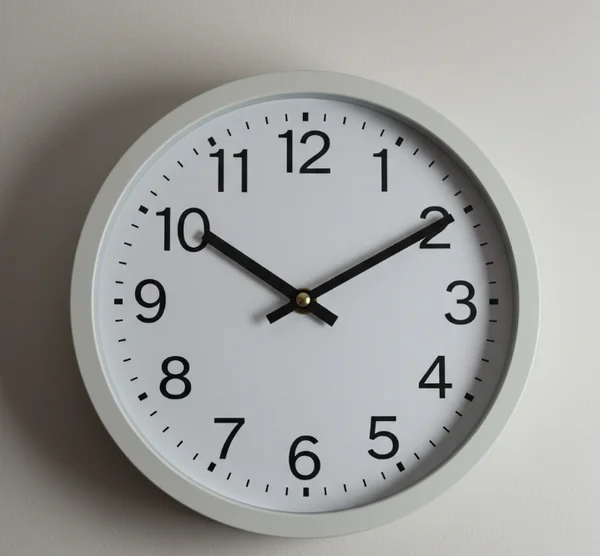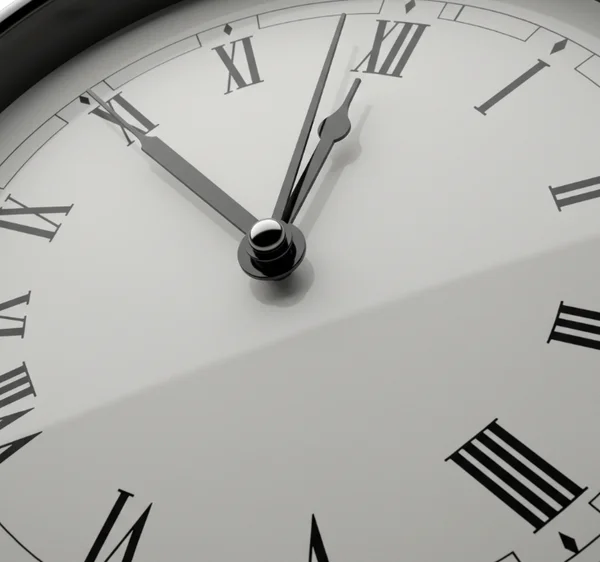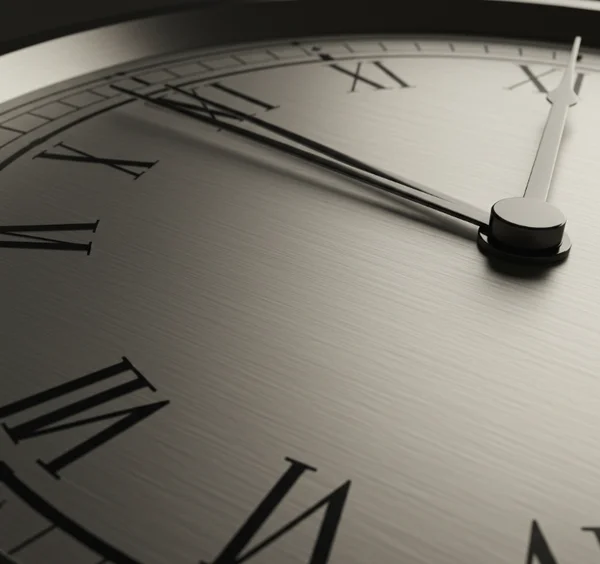Analog Clock Time: A Visual Guide to Common Times
See How Times Like 7:40, 10:41 & More Look on an Analog Clock
Ever found yourself wondering exactly how a specific time appears on an analog clock? What does 7:40 look like on an analog clock, or perhaps 10:41? You're not alone! While digital clocks give us the numbers directly, visualizing time on an analog clock face can be a bit trickier, especially for those learning or teaching how to tell time. This visual guide is here to help. We'll show you clear examples of common times, making it easier to understand and master the time on analog clock displays. For those seeking to understand cognitive skills related to numerical and time perception, resources like the dyscalculia test can offer further insights.
Understanding the Analog Clock Face: A Quick Refresher

Before we dive into specific times, let's quickly refresh our memory on the basics of the analog clock face. How do you read an analog clock? It's all about the hands and the marks!
The Hour Hand: Showing the Current Hour
The shorter hand on the clock with hands is the hour hand. It moves slowly around the clock, pointing to the current hour or the hour that has just passed.
The Minute Hand: Indicating the Minutes Past the Hour
The longer hand is the minute hand. It moves more quickly, completing a full circle every hour. It points to the minute marks around the clock dial, indicating how many minutes have passed since the current hour began.
The Role of Minute Marks on the Dial
Most analog clocks have 60 small marks around the edge, representing each minute. Larger marks, often with numbers, indicate the hours (and also serve as 5-minute intervals for the minute hand). Understanding these is key for telling time accurately.
Visualizing Common Times on an Analog Clock
Now, let's see some time examples analog style! We'll provide a picture of analog clock displays for selected common and sometimes tricky times, and describe others.
What Does 7:40 Look Like on an Analog Clock?

To show clock at 7:40:
- The hour hand will be past the 7 and about two-thirds of the way towards the 8.
- The minute hand will be pointing directly at the 8 (since 8 x 5 minutes = 40 minutes).
Showing 10:41 on an Analog Clock Face
For 10:41:
- The hour hand is past the 10, very close to the 11.
- The minute hand is one small tick mark past the 8 (40 minutes), pointing to the 41st minute mark.
Displaying 11:17 on an Analog Clock
At 11:17:
- The hour hand is just past the 11.
- The minute hand is two small tick marks past the 3 (which represents 15 minutes), so it's at the 17th minute mark.
How 12:30 Appears on an Analog Clock

For 12:30 (half past 12):
- The hour hand is exactly halfway between the 12 and the 1.
- The minute hand points directly at the 6 (6 x 5 minutes = 30 minutes). This is a common one for analog clocks.
Picture of 3:25 on an Analog Clock
At 3:25:
- The hour hand is just under halfway between the 3 and the 4.
- The minute hand points directly at the 5 (5 x 5 minutes = 25 minutes).
Visual Example: 5:43 on an Analog Clock
For 5:43:
- The hour hand is past the 5, quite close to the 6.
- The minute hand is three small tick marks past the 8 (40 minutes), pointing to the 43rd minute mark.
How to Read 6:30 o'clock (Half Past Six)
At 6:30:
- The hour hand is exactly halfway between the 6 and the 7.
- The minute hand points directly at the 6.
Identifying 8:25 on an Analog Display
For 8:25:
- The hour hand is a bit less than halfway between the 8 and the 9.
- The minute hand points directly at the 5.
Tips for Reading More Complex Times to the Minute
How do you read specific minutes on an analog clock? Seeing examples helps, but here are some tips for any time.
Counting the Minute Marks Accurately
Remember each small tick mark is one minute. If the minute hand isn't on a main number, count the small ticks from the nearest main number you know. This is crucial for clock reading to the minute.
Understanding "To" and "Past" the Hour Language
Often, we say "20 minutes past 7" (7:20) or "20 minutes to 8" (7:40). Visually, "past" means the minute hand is on the right side of the clock (1-29 minutes), and "to" means it's on the left side (31-59 minutes), indicating how many minutes until the next hour.
Relating Hand Position to Five-Minute Intervals
Quickly read the minutes by knowing that the 1 is 5 minutes, the 2 is 10 minutes, and so on, up to the 12 (which is 0 or 60 minutes). This is a good way to learn how to tell time.
Interactive Practice: Find an Analog Clock Online Tool
One of the best ways to get comfortable is with interactive clock practice. Where can I see examples of analog clock times interactively?
Benefits of Using an Interactive Clock for Learning
Many analog clock online tools allow you to move the hands and see the time change, or type in a digital time and see it appear on an analog face. This provides immediate feedback and helps solidify understanding.
Mastering Analog Clock Time with Visuals
Visualizing different time on analog clock displays becomes much easier with clear examples and a bit of practice. We hope this guide has helped you show me a clock in a way that makes sense! Keep practicing, and soon you'll be reading any analog clock with confidence.
What other times would you like to see visualized? Let us know in the comments! If reading analog clocks or understanding time concepts feels persistently challenging, resources like the Dyscalculia Test can offer insights into numerical and time-related cognitive skills.
Frequently Asked Questions about Visualizing Analog Time
Where can I find more pictures of analog clocks showing specific times?
You can often find specific time examples by searching online image databases or educational websites. Many teaching resources also provide pics of analog clocks.
Is there an easy way to remember hand positions for quarter and half hours?
Yes!
- Quarter past (e.g., 3:15): Minute hand points to the 3. Hour hand is a quarter of the way past its hour.
- Half past (e.g., 3:30): Minute hand points to the 6. Hour hand is halfway to the next hour.
- Quarter to (e.g., 3:45): Minute hand points to the 9. Hour hand is three-quarters of the way past its hour, nearing the next.
Why do some people struggle to visualize time on an analog clock?
Visualizing time on an analog clock involves several cognitive skills: spatial reasoning (understanding hand positions), number sense (counting by 5s, understanding fractions of an hour), and sequencing. Difficulties in these areas can make it more challenging. Sometimes, these challenges can be part of broader learning differences, and exploring resources such as a dyscalculia assessment may provide helpful information.
What are good resources if I need to show me a clock for teaching?
Many educational websites offer printable clock faces, interactive online clocks, and worksheets. Look for "teaching clock resources" or "interactive analog clock for kids."